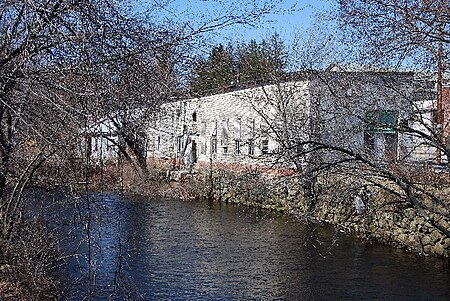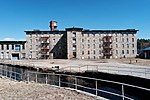North Branch Pawtuxet River
Northeastern United States river stubsRhode Island geography stubsRivers of Kent County, Rhode IslandRivers of Providence County, Rhode IslandRivers of Rhode Island ... and 1 more
Tributaries of Providence River

The North Branch Pawtuxet River is a river in the U.S. state of Rhode Island. It flows approximately 8.9 miles (14.3 km). There are 9 dams along the river's length.
Excerpt from the Wikipedia article North Branch Pawtuxet River (License: CC BY-SA 3.0, Authors, Images).North Branch Pawtuxet River
Scituate Avenue,
Geographical coordinates (GPS) Address Nearby Places Show on map
Geographical coordinates (GPS)
| Latitude | Longitude |
|---|---|
| N 41.7505 ° | E -71.5855 ° |
Address
Scituate Avenue
Scituate Avenue
02831
Rhode Island, United States
Open on Google Maps










